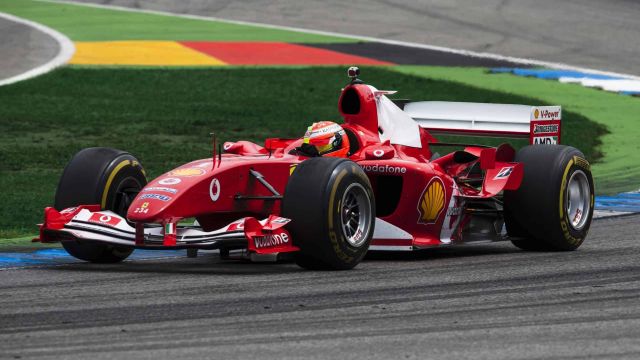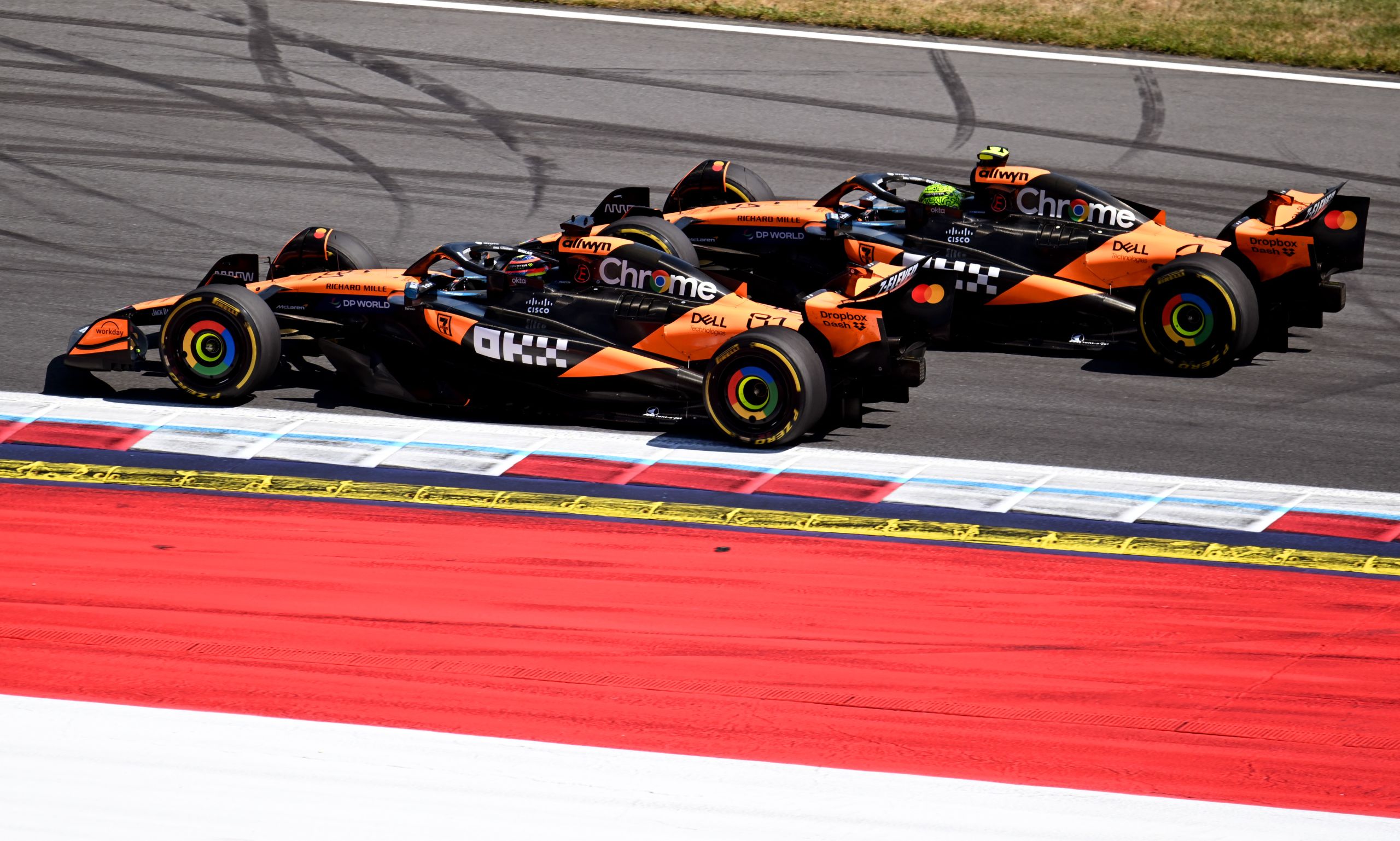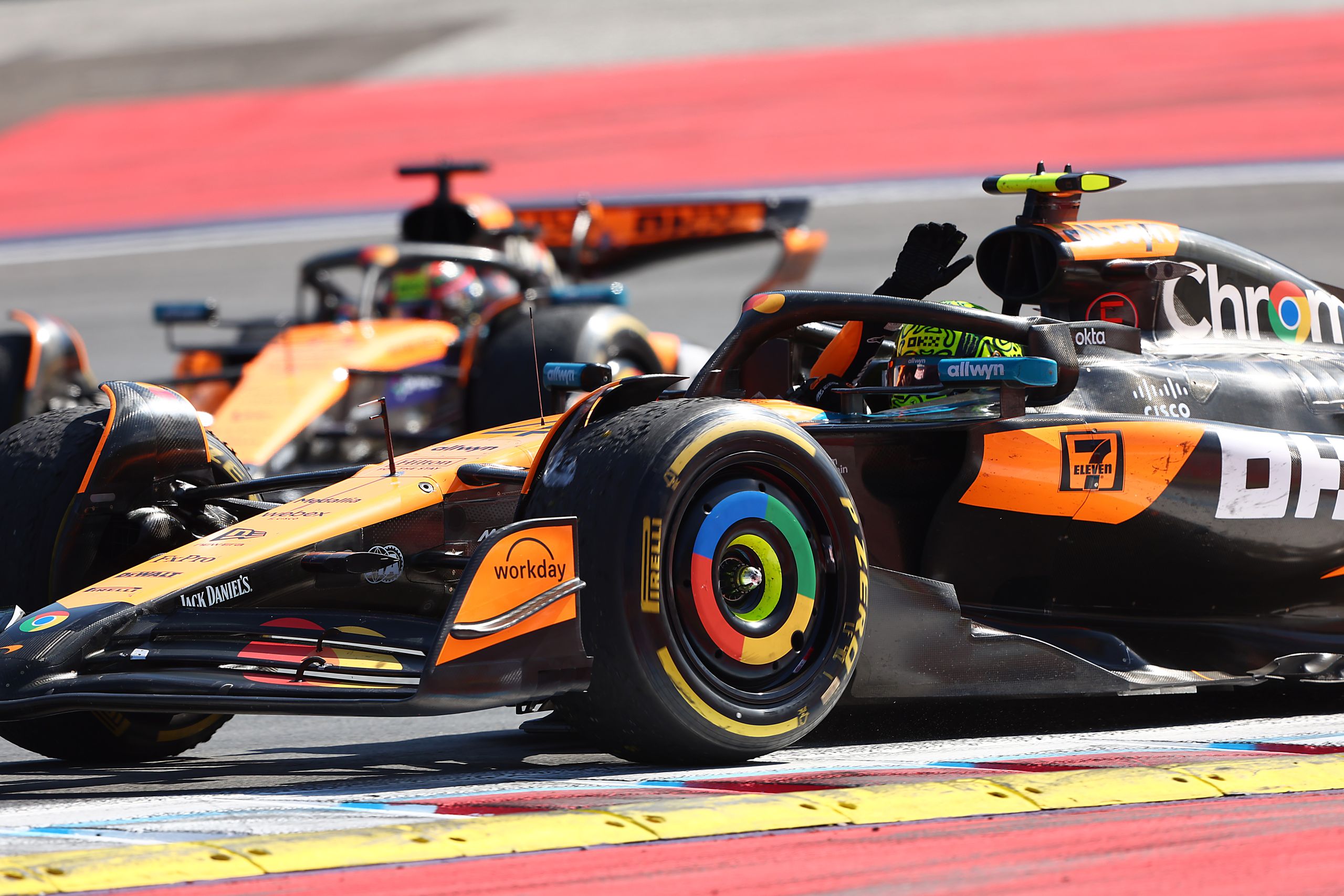What is the Pomeroy Index?


The Pomeroy Index is a way of measuring the relative speed of cars from different eras. The index effectively gives an idea of the advantage in the lap time that a car would have over another car racing in an entirely different era. It can also be used to compare cars that have not competed against each other.
Laurence Pomeroy was a British automotive engineer who was interested in using lighter metals in the construction of cars. From the age of 20 (1903), he worked in several automotive companies designing and improving their engines. He used the theory of relativity to compare cars that have not competed against each other and from different years.
How does the Pomeroy Index work?
The theory of relativity requires a reference point to rank cars. The Pomeroy Index gives a percentage of improvement or deterioration of speed of one car as compared to another. Pomeroy’s method obviates the need to factor in the weather or track conditions and the drivers of the cars. To do this he used the daisychaining technique to come to his index.
The daisy-chaining technique is used in dating trees to prehistoric times. Scientists use the overlap between tree rings from different eras to arrive at a more precise dating than carbon dating. To come to his index Pomeroy gave the car that won the 1906 Grand Prix, a Renault, driven by Ferenc Szisz the base index of 100. This would form the basis of comparing all cars in the race or others that raced after that in a Grand Prix.
Pomeroy collected the racing data of two cars that raced at the same two circuits in two successive years. He compared the fastest recorded laps and got the percentage in the improvement of speed of the second car as compared to the first. He then ‘daisy-chained’ this data for the following years and found the index improving over the years.
Laurence Pomeroy died in 1941 of a heart attack but his work was continued by Leonard Setright in 1966. Motor Sport magazine determined the Ferrari F2002 was the fastest car of all time, even though the F2004 set better times in qualifying, due to the Pomeroy Index. In the Michael Schumacher driven Ferrari F2004 a Pomeroy Index of 234.7 was calculated. The index theoretically suggests that the Ferrari F2004 would have completed 2.34 laps by the time the 1906 Renault had completed one lap had they been racing together.
What does the Pomeroy Index show us?
What the Pomeroy Index shows is that the average speeds in Formula One racing have been increasing exponentially rather than linearly. The increase in speed is like a deposit earning compound interest. Better engineering and the use of lighter materials have led to this increase in speed over the years. The improved aerodynamics of cars has also contributed in a big way in increasing the speeds of modern-day cars.
The changing regulations of the FIA have also impacted the relative speed of cars. The varying capacity of the engines has affected the speed of cars. The reduction or increase in the stipulated weight of cars will also affect the speed of cars. The Pomeroy Index gives a comparison between cars which have not competed against each other and are a century apart.
How do you calculate the Pomeroy Index?
To understand the true indication of the Pomeroy Index, imagine the compounded interest accrued on an account. The interest you get for the next year will include the interest on the interest accrued this year. That is the reason the Pomeroy Index is increasing exponentially as it is calculated on the last year’s increase.
It is the gains of manufacturers that are pouring money, time and effort into the improvement of their cars. To find the Pomeroy Index of a car in the successive year, add the percentage increase of speed in the next year to the Pomeroy Index of the first year. All it requires is the data of the fastest lap of the two years on the same race track.
To arrive at the index of the latter years, daisy-chain the data over the intervening years. The approximate speed of the car can also be calculated if the average increase in speed is known over a few years. Use the following equation to arrive at the approximate speed.
V(t) = V(0) (1+ r)t where
V(t) is the speed in the year you are looking for
V(0) is the speed of the car in the reference year
R is the average rate of increase in speed in decimal percentage
t is the difference between the two years.





